For many years, concrete was the obvious choice for many structural applications, but this has recently changed. Plastic has now become a viable alternative to precast concrete for applications such as barriers.
But new isn’t always better.
We discuss the benefits and drawbacks of precast concrete barriers and why they may still be a good choice for your project.
But new isn’t always better.
We discuss the benefits and drawbacks of precast concrete barriers and why they may still be a good choice for your project.
Advantages of Precast Concrete Barriers
While plastic is a durable material, it pales in comparison to the strength of concrete barriers. This is one of the primary reasons why concrete barriers are still used in applications such as highway construction.
The two most common reasons why barriers are chosen are:
- To prevent drivers from crashing into or off of a more damaging or dangerous surface or area (such as schools or cliff faces)
- To protect people or property from car crashes or collisions
Because precast concrete remains an excellent solution to both of these issues.
- Because concrete is so strong, the barriers cannot be easily knocked over or destroyed.
- Concrete barriers are resistant to harsh weather.
Concrete barriers are frequently preferred over plastic barriers due to these significant advantages. Even when filled with sand or other ballast to prevent movement, plastic barriers cannot stop fast-moving vehicles as well as concrete barriers and are not usually a good choice when a barrier must prevent significant damage.
Precast Concrete Barriers' Drawbacks
While concrete barriers have numerous advantages, they are not always the best option.
Concrete barriers are undeniably heavy, so any adjustments or modifications to their placement will frequently necessitate the use of heavy machinery or equipment. This can take time and effort, which can stymie progress.
Concrete barriers also require more time to set up and disassemble, making them unsuitable for short-term placement.
Plastic barriers are frequently brightly coloured and highly visible, and their colour does not fade as much as concrete barriers over time. Even painted concrete barriers aren’t always as noticeable as plastic barriers.
Although concrete barriers may protect people or property behind them from damage, they frequently cause extensive damage to the vehicle that collides with them. Plastic barriers can slow down a vehicle without causing as much of a hard impact, reducing injuries to the colliding vehicle’s driver and passengers.
Overall, concrete barriers are frequently an excellent choice for protecting people and property from harm or damage.
Concrete barriers are undeniably heavy, so any adjustments or modifications to their placement will frequently necessitate the use of heavy machinery or equipment. This can take time and effort, which can stymie progress.
Concrete barriers also require more time to set up and disassemble, making them unsuitable for short-term placement.
Plastic barriers are frequently brightly coloured and highly visible, and their colour does not fade as much as concrete barriers over time. Even painted concrete barriers aren’t always as noticeable as plastic barriers.
Although concrete barriers may protect people or property behind them from damage, they frequently cause extensive damage to the vehicle that collides with them. Plastic barriers can slow down a vehicle without causing as much of a hard impact, reducing injuries to the colliding vehicle’s driver and passengers.
Overall, concrete barriers are frequently an excellent choice for protecting people and property from harm or damage.
